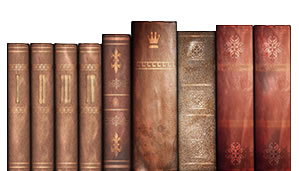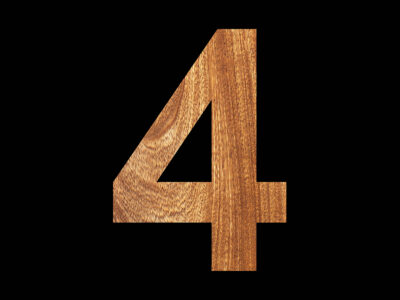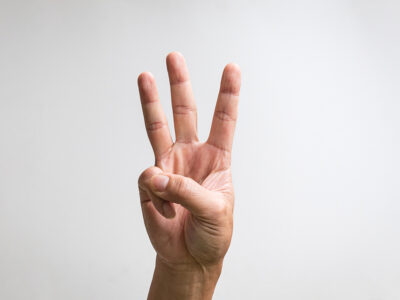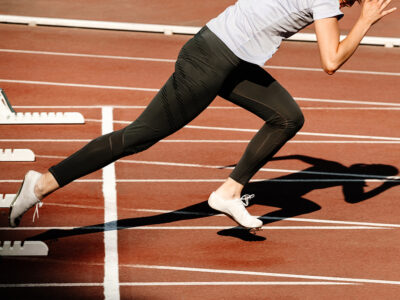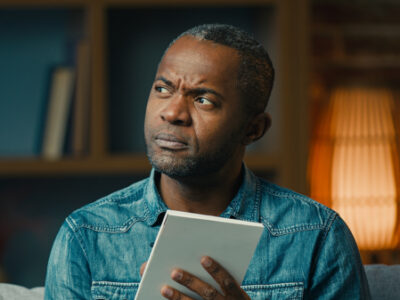[Due to a technological glitch, this post did not go out in our newsletter feed, so we are posting it again for those who missed it.]
Welcome back to our series on story structure. Last time I talked about Pinch Point #1.
Remember, a “pinch point” in a story is a moment where the antagonist’s power is showcased, applying pressure to the protagonist and emphasizing the stakes at hand. Pinch Point #1 usually occurs around the midpoint of the first half of the story, serving as a reminder of the antagonist’s strength and the challenges the protagonist must overcome. The pinch point in Oliver’s story is the message with the painting containing the incomplete facial reconstruction, only there’s a single tear painted on her partially finished face.
Now, we’ve arrived at the midpoint of the story. This is where your protagonist has some kind of “mirror moment,” an epiphany about himself or herself for character growth. It can also be a good place to have some kind of break in the case. Or a new character shows up to create havoc. Or your main character’s secret child shows up.
For now, in our story, up until this point Oliver has been trying to finish the face; but a car accident leaves him unable to work for a few days. He’s had to send his daughter and mother to stay with other relatives because of the increasing danger. And so on. But, now we’re at the middle of the book and the reconstruction is finally finished and … it’s not Cassidy, Sophia’s sister. However, the face is eerily familiar to Sophia. It’s a friend of Cassidy’s from high school who also went missing, but everyone thought she’d run away because she was a “troubled teen.” Sophia immediately knows this is connected to her sister’s disappearance.
Now, because of the pantser that I can be (someone who tends to write by the seat of their pants as opposed to a plotter who plots everything out), I’ve decided that Oliver’s daughter (Have I given her a name? If not, let’s call her Gia.) had been working on a school project. (I’ll introduce this right at the beginning of the story, and it will become a subplot.) She and her class have been researching the town’s history for a special program.
When Oliver sent her away, she left what she’d been working on, thinking everything would be resolved and she’d get back to it in a couple of days. She had newspaper articles and pictures spread across the dining room table. When the face he finishes is finally revealed, not only does Sophia recognize her, so does he. She’s in several of the pictures on his dining room table. As are Sohpia’s parents.
WHAT??
I know, right? I’m as shocked as you are! What could this possibly mean? And there you have it. We’re at the midpoint. We’ve got our turning point in the story. This stunning revelation not only takes the investigation in a whole new direction, it does Sophia’s personal life as well (more subplot material). While Sophia was relieved that the dead woman isn’t her sister, she’s still got questions. Sophia’s mirror moment is that she knows she will not rest until she uncovers the rest of the secrets and finds out what happened to her big sister. What are her parents hiding?
I have no idea!
But we’ll find out. Eventually. So, there you have it. Take a look at your midpoint and see what it does for the story. Sometimes it’s a subtle shift. Sometimes it’s major, but it should be there, whatever you decide it is. I’ll be honest. Sometimes I don’t know what my midpoint is until I get there. I’ve been at 50,000 words and think, Wait, what’s my midpoint? And I have to go back and make sure it’s clear. Other times, depending on how well laid out I have the story in my head, I know exactly what my midpoint will be. (I’ll admit that makes things a bit easier when it comes to writing the first half of the story! LOL.)
Anyway, what do you think makes a good midpoint? I’m interested in hearing your thoughts.
Have a blessed day!

